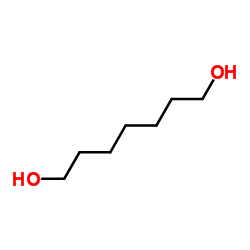| Structure | Name/CAS No. | Articles |
|---|---|---|
 |
1,7-Heptanediol
CAS:629-30-1 |
| Structure | Name/CAS No. | Articles |
|---|---|---|
 |
1,7-Heptanediol
CAS:629-30-1 |